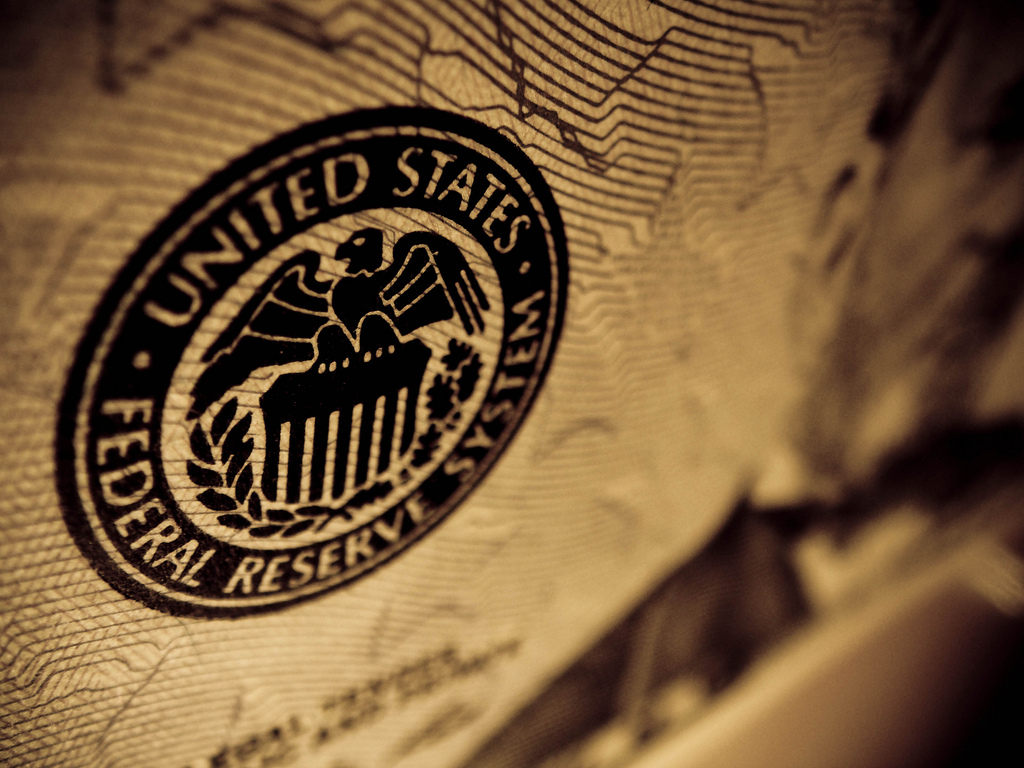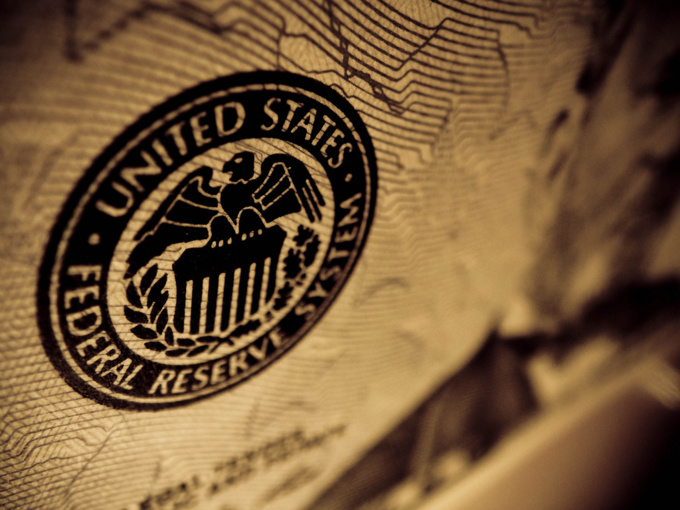Results of the two-day meeting showed that the Federal Reserve Committee on US Federal Reserve maintained the key rate at 2.25–2.5% per annum. Recall that it rose four times in the last year (totally by one percentage point), in 2017 - three times (by 0.75 points).
In a statement, the Fed traditionally noted the “strong pace” of improving the state of the US economy, indicated growth in the number of jobs and consumer activity, as well as a slowdown in investment growth. The committee pointed out that inflation (including excluding food and energy prices) remains close to the 2% benchmark, adding that, despite deterioration of market sentiment on price increases, long-term expectations have not changed. The statement also notes that the regulator expects "further growth in business activity, improvement of the situation on the labor market and maintaining inflation at about 2% as the most likely scenario." However, given changes in the global economy and financial markets, as well as restrained inflationary pressure, the committee will “be patient” in assessing what actions should be taken to implement such a scenario. Recall that back in December, the statement stated that “a certain increase in interest rates will correspond to an improvement in the economy”.
The US unemployment rate rose to 3.9% in December (from 3.7% in November), while a large number of new jobs were created - 312 thousand (155 thousand - in November). Wage growth accelerated to 3.2% - to the next maximum since the financial crisis. At the same time, consumer spending inflation slowed down from 2% to 1.8% (excluding food and energy, on the contrary, it accelerated from 1.8% to 1.9%, and this is the indicator that the Fed is targeting). Recall, the regulator expects a more modest economic growth compared to 2018 (by 2.5% against 3%), the inflation rate in December was reduced to 1.9% for both years (from 2.1% in this and 2% in the 2019th).
According to the Fed's graph (last published in December), majority of the committee’s participants then expected that in 2019 the rate could be raised two, not three times - to 2.75–3%, and only once - to 3–3.25% - in 2020. Now market participants expect neither a decrease nor increase.
The further fate of the rates this year will depend primarily on the outcome of the US-China trade negotiations. If the dispute is resolved, the regulator will probably raise the rates twice (but not earlier than June). Otherwise, it will be difficult to do it, even if the increase will be justified by macro data, according to the Washington Institute of International Finance.
As for the so-called shutdown, which lasted 35 days, experts don’t believe it will have a significant impact. The official rate of creating new jobs is likely to remain at a fairly high level - about 190 thousand, according to Capital Economics. The Congressional Budget Office estimated the losses from the shutdown at $ 3 billion, indicating diminishing effect of the tax reform. Experts of this center predict an increase in GDP in the first quarter of just 2.1%, for the whole year - by 2.3%.
source: bloomberg.com, capitaleconomics.com
In a statement, the Fed traditionally noted the “strong pace” of improving the state of the US economy, indicated growth in the number of jobs and consumer activity, as well as a slowdown in investment growth. The committee pointed out that inflation (including excluding food and energy prices) remains close to the 2% benchmark, adding that, despite deterioration of market sentiment on price increases, long-term expectations have not changed. The statement also notes that the regulator expects "further growth in business activity, improvement of the situation on the labor market and maintaining inflation at about 2% as the most likely scenario." However, given changes in the global economy and financial markets, as well as restrained inflationary pressure, the committee will “be patient” in assessing what actions should be taken to implement such a scenario. Recall that back in December, the statement stated that “a certain increase in interest rates will correspond to an improvement in the economy”.
The US unemployment rate rose to 3.9% in December (from 3.7% in November), while a large number of new jobs were created - 312 thousand (155 thousand - in November). Wage growth accelerated to 3.2% - to the next maximum since the financial crisis. At the same time, consumer spending inflation slowed down from 2% to 1.8% (excluding food and energy, on the contrary, it accelerated from 1.8% to 1.9%, and this is the indicator that the Fed is targeting). Recall, the regulator expects a more modest economic growth compared to 2018 (by 2.5% against 3%), the inflation rate in December was reduced to 1.9% for both years (from 2.1% in this and 2% in the 2019th).
According to the Fed's graph (last published in December), majority of the committee’s participants then expected that in 2019 the rate could be raised two, not three times - to 2.75–3%, and only once - to 3–3.25% - in 2020. Now market participants expect neither a decrease nor increase.
The further fate of the rates this year will depend primarily on the outcome of the US-China trade negotiations. If the dispute is resolved, the regulator will probably raise the rates twice (but not earlier than June). Otherwise, it will be difficult to do it, even if the increase will be justified by macro data, according to the Washington Institute of International Finance.
As for the so-called shutdown, which lasted 35 days, experts don’t believe it will have a significant impact. The official rate of creating new jobs is likely to remain at a fairly high level - about 190 thousand, according to Capital Economics. The Congressional Budget Office estimated the losses from the shutdown at $ 3 billion, indicating diminishing effect of the tax reform. Experts of this center predict an increase in GDP in the first quarter of just 2.1%, for the whole year - by 2.3%.
source: bloomberg.com, capitaleconomics.com



















